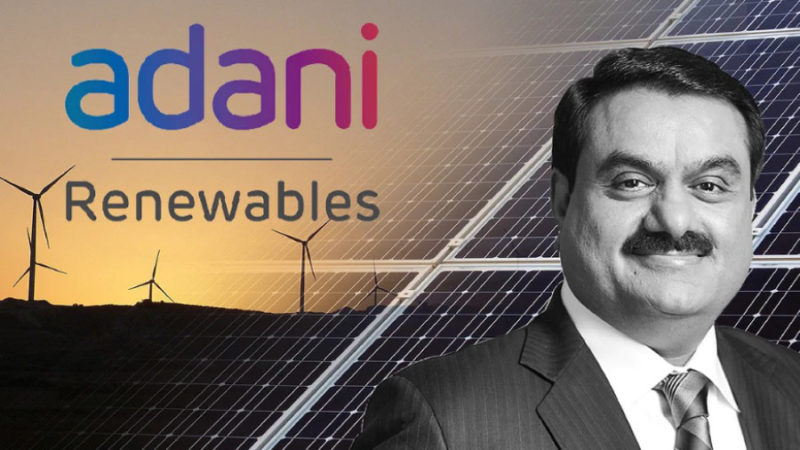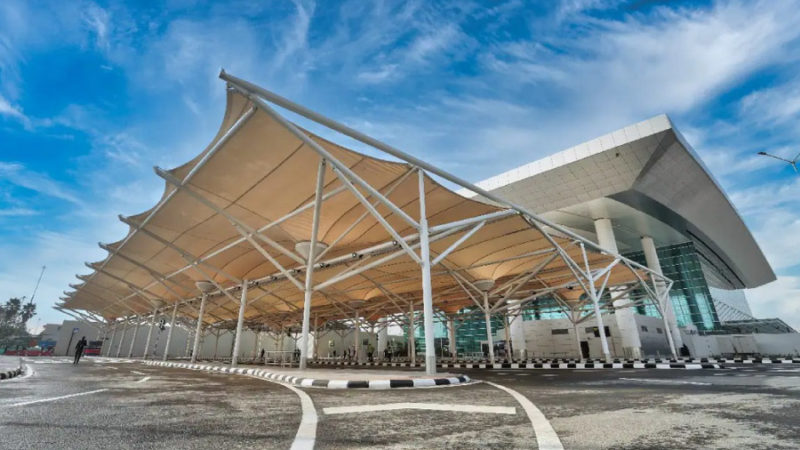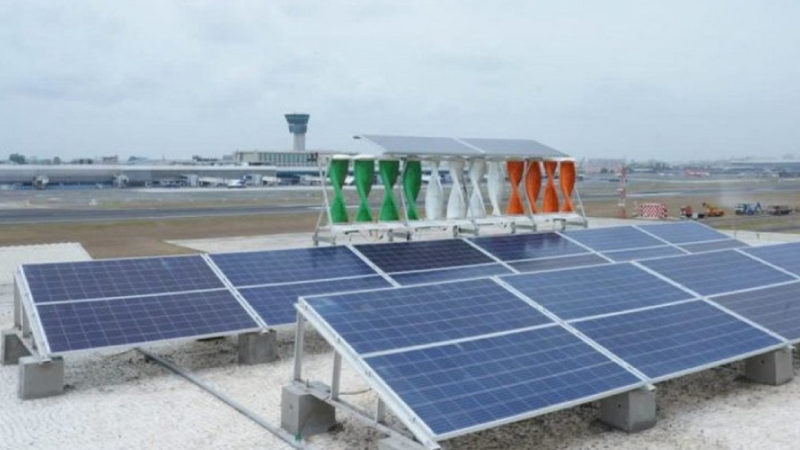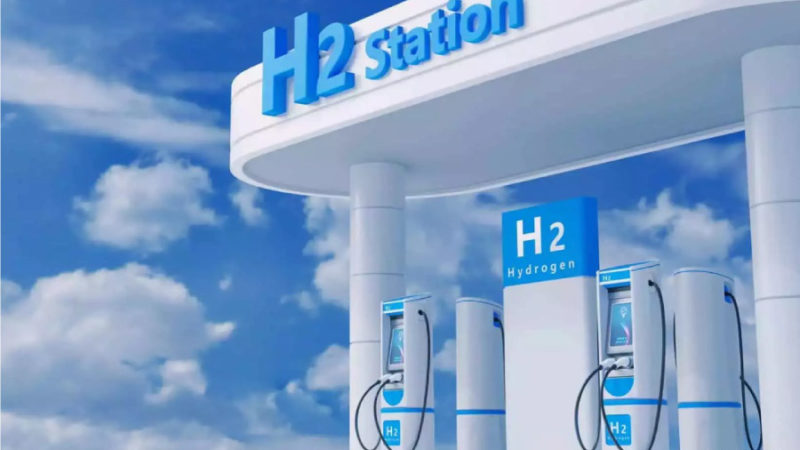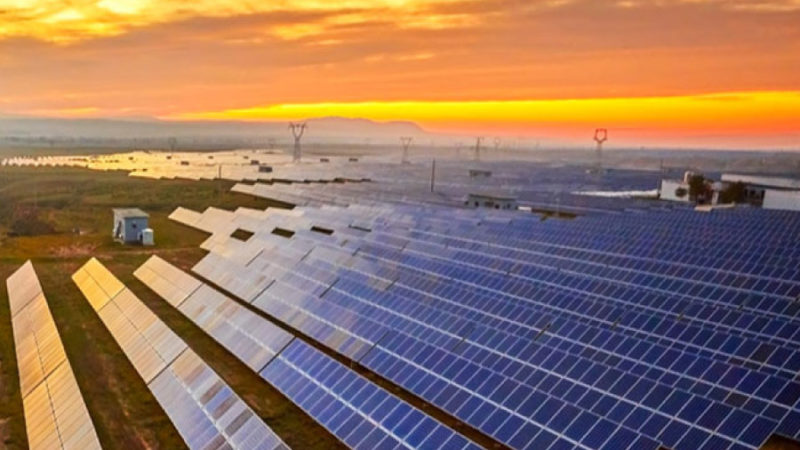Wind Power Market in India to grow by 50% during 2021-2025: Report
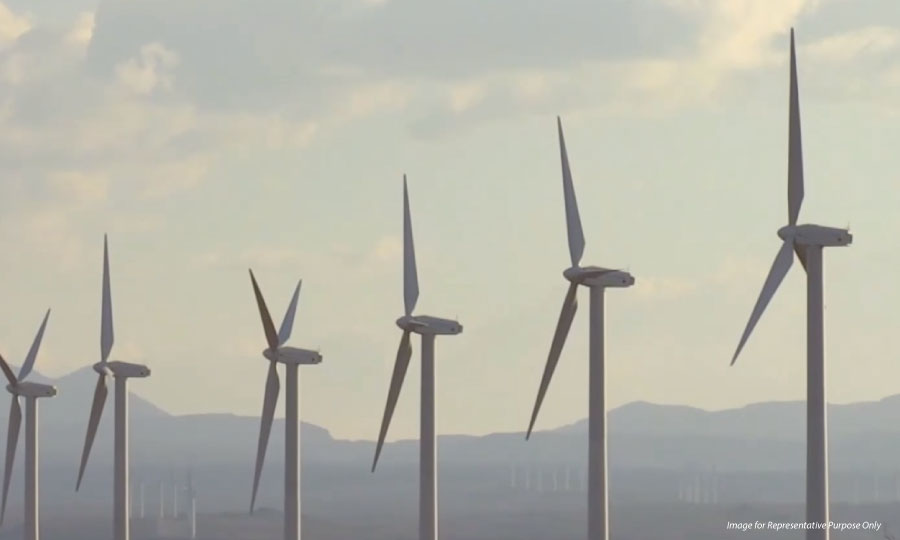
A report by GWEC and MEC+ expects the wind power sector in India to add 20.2 GW of new capacity between 2021-2025 registering a 50% market growth from the existing 39.2 GW.
India, the world’s fourth-largest wind power market is expected to add 20.2 gw of new wind power capacity over the period of 2021 to 2025 according to the latest report “Indian Wind Energy Market Outlook 2025”. The report was jointly released by the Global Wind Energy Council (GWEC) and MEC Intelligence (MED+), recently.
The predicted capacity addition will see around 50% of market growth to the existing 39.2GW of wind power capacity, giving a much-needed boost to the Indian wind power market that was going through a phase of slowdown over the recent past years.
Based on the large pipeline and multiple policy interventions to ease the bottlenecks – the year 2020 was forecasted as the breakout year for the Indian wind power sector by GWEC and MEC+. However, the covid-19 pandemic has severely impacted the wind power sector during 2020, where India just manage to install one-third of the projected 3.3 gw of capacity.
Wind Market Growth
The report chalked out the three growth scenarios (current/conservative/ambitious) for the wind installations in the country from 2021 to 2025 based on the most recent data available.
India can witness a growth of around 20.2 GW of wind capacity installation as per the report’s current scenario between 2021-25. Of this, almost 90% of the capacity is expected from the central tenders.
While under the conservative scenario, the installations can dip to 14.8 GW if the pipeline shrinks and the new tenders are limited. Looking at the pandemic crisis in the nation, the forecast is likely to close around the conservative scenario.
On the other hand, under the ambitious scenario, India is expected to add around 24.4 gw of new wind power capacity over the next five years. This is based on assumptions that there will be complete actualization of the current pipeline along with pan India auctions of hybrid projects looking at its rising demand.
The report observes that Indian wind power market growth is expected to bounce back adding around 20.2 gw of installed wind power capacity between 2021 and 2025 with the majority of it coming from wind-solar hybrid projects. WInd-solar hybrid projects are gaining importance in India mainly to support the country’s round-the-clock power initiative.
Thus, in order to explore the viability of large-scale wind-solar hybrid projects, policymakers have been experimenting with multiple formats of hybrid projects over the recent past.
The report pointed out that until 2023 wind power installations in India will be driven by the projects in the pipeline through Central and state tenders aggregating to around 10.3 GW.
While, post-2023, the new capacity for wind projects will be awarded mainly through hybrid projects that will have procurement in all three market segments – central, state, and corporate market – the report further observed.
Long Term Wind Energy Growth Prospects
Despite the short-term decline in India’s energy demand caused by the Covid-19 issue, the long-term drivers of energy demand and growth remain intact, according to the current research report.
Here, new prospects like repowering, hybrid projects, offshore wind, and corporate PPAs can help India grow up its wind power capacity and supply inexpensive, clean energy across the country in the long run.
To fully realize the promise of wind energy, there is a requirement for greater collaboration between the government and the industry. This necessitates a uniform market roadmap that clarifies volumes, frequency, and composition of future tenders. For this, the government can increase consensus and coordination among agencies.
In addition, there is also need for a coordination between the federal and state governments on wind targets, supply chain usage, and the development of a clear market roadmap in order to put India on track to reach its decarbonization and renewable energy targets.


